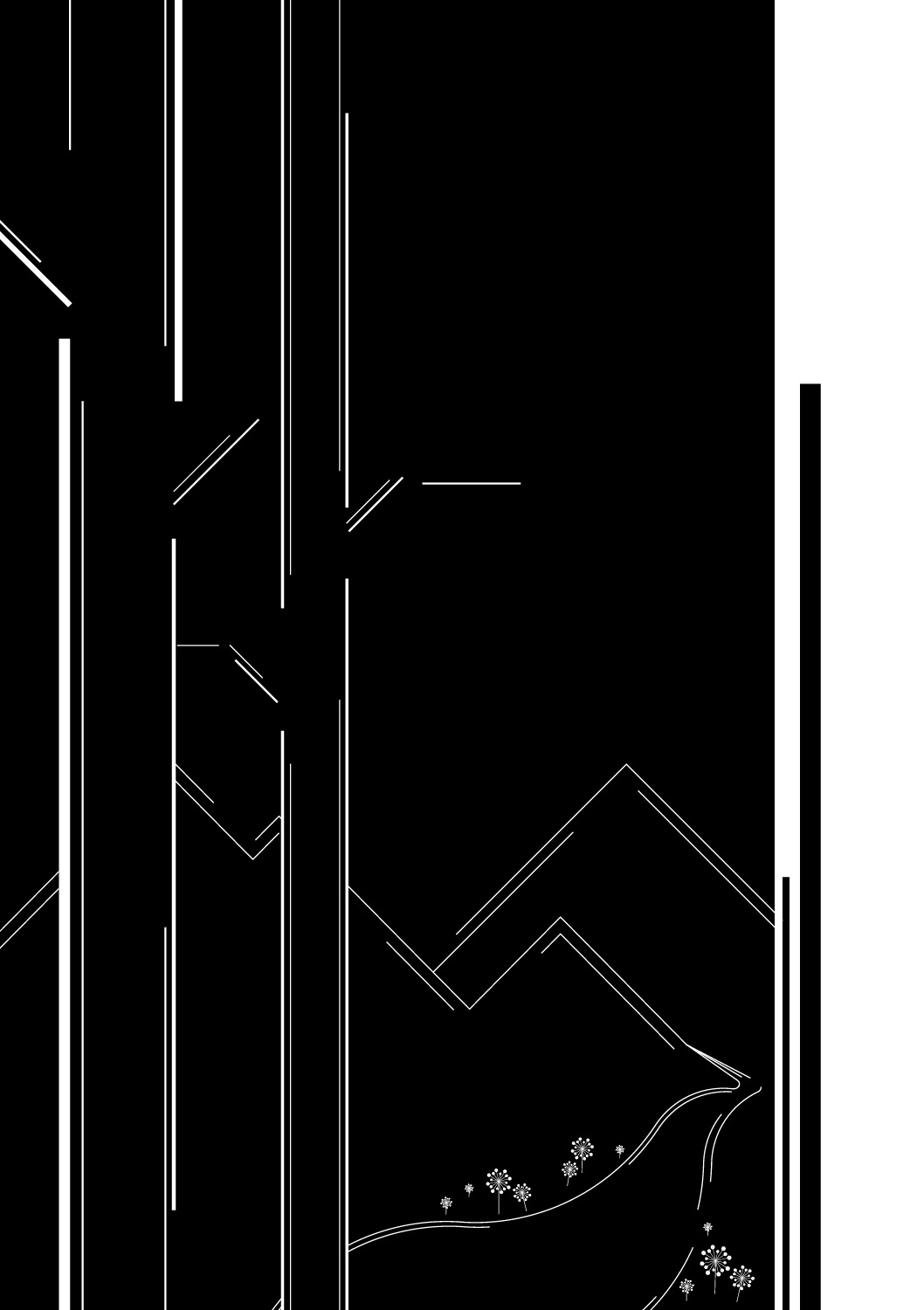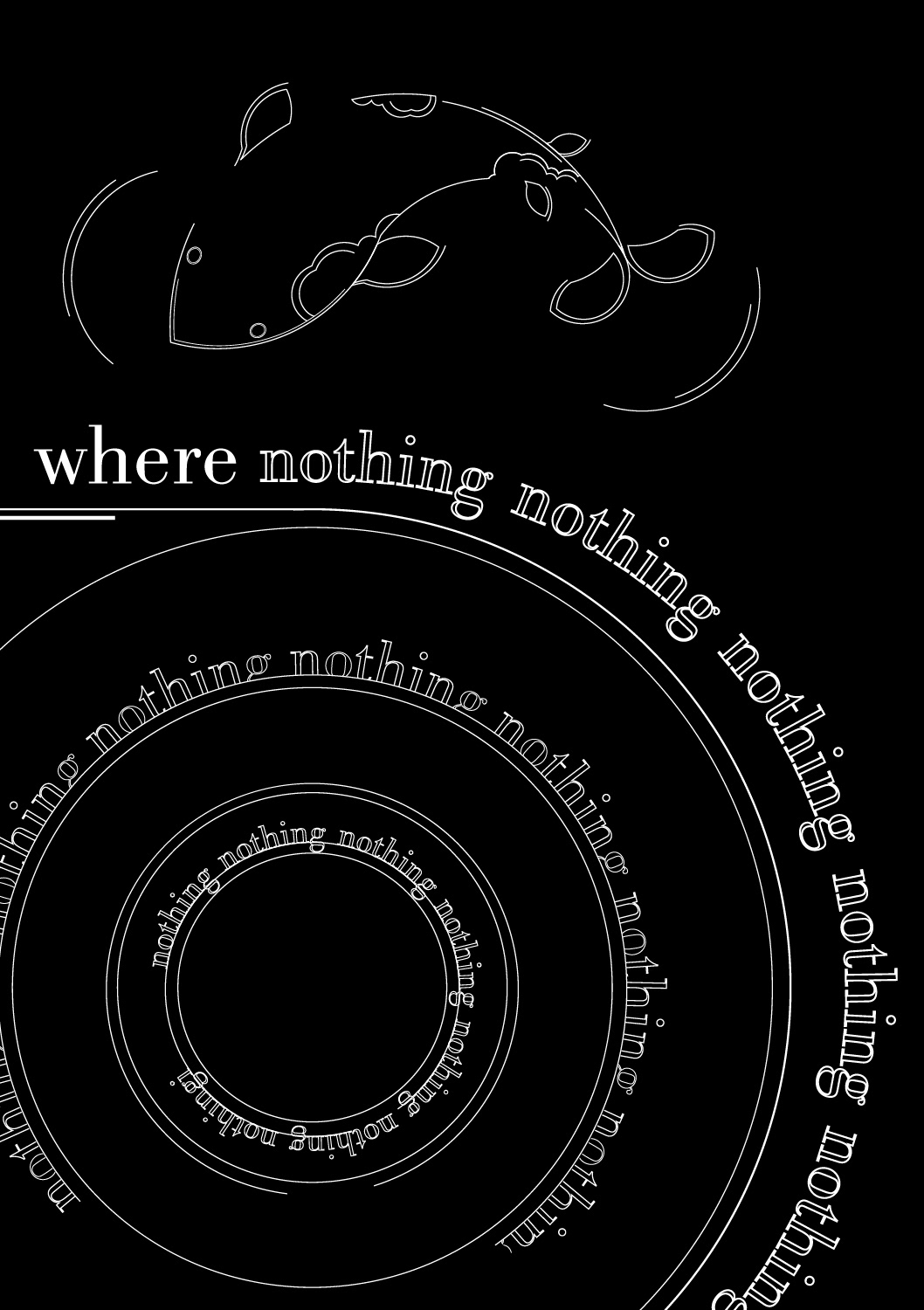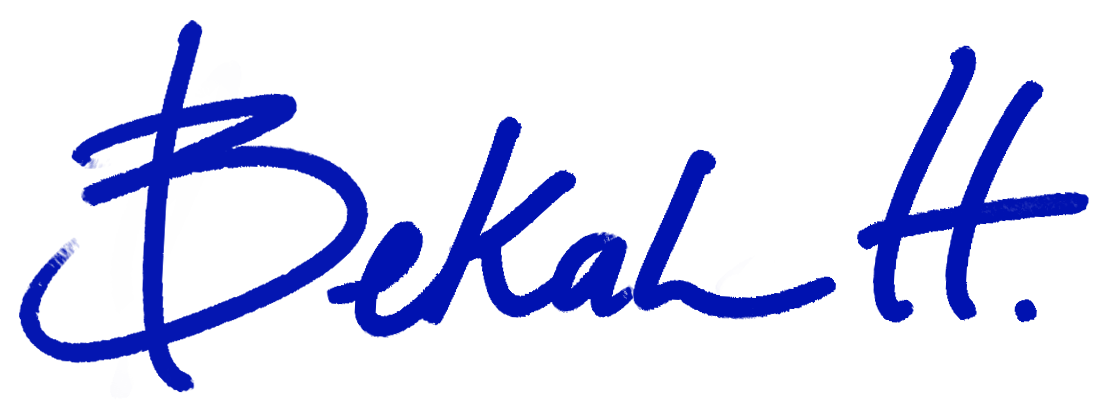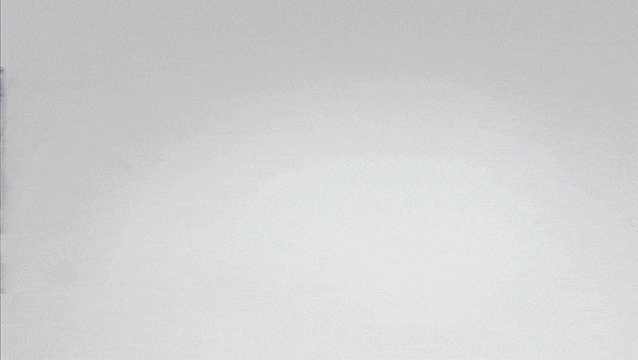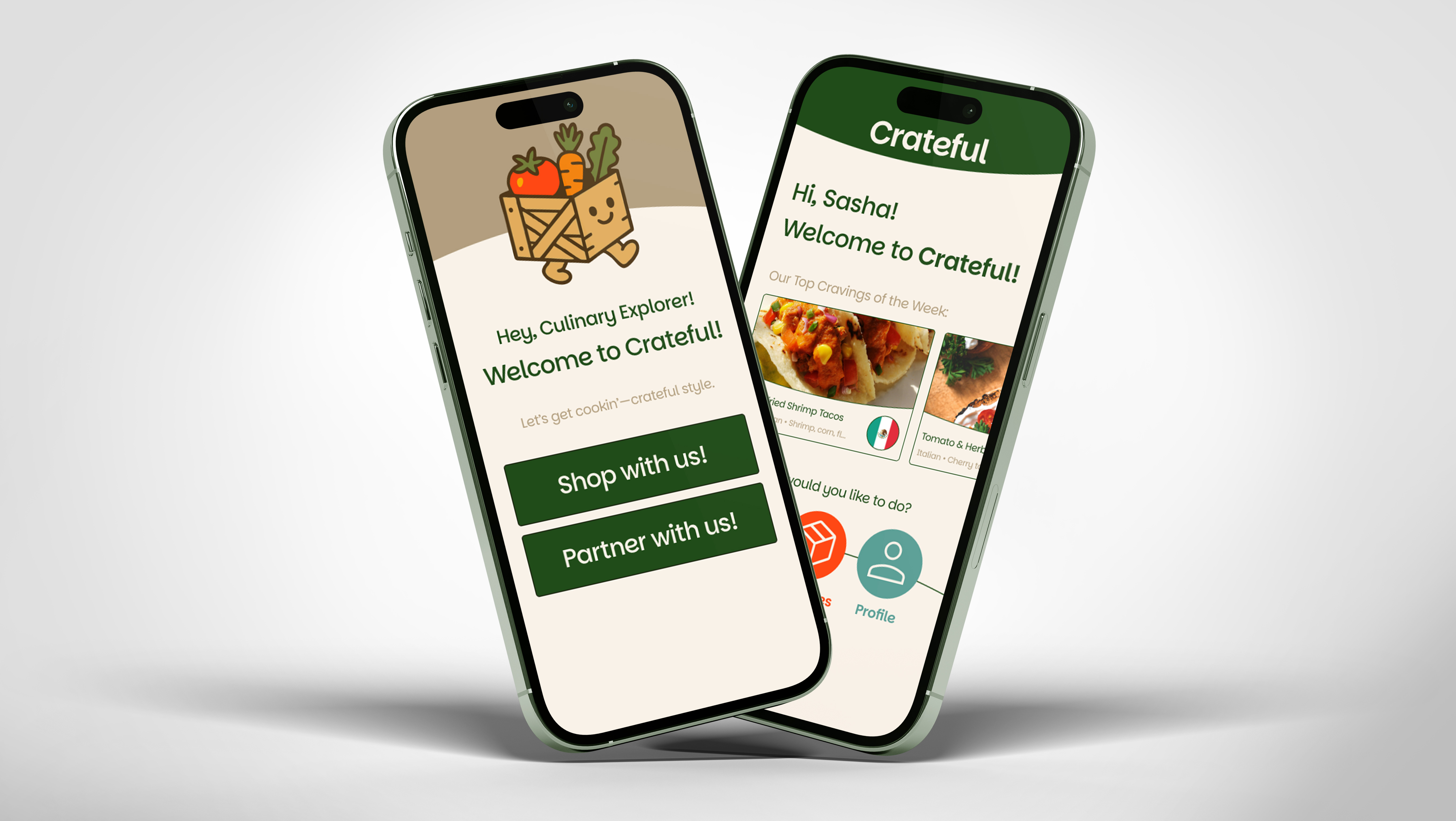Objective: Create a non-literal visual and typographic interpretive sequence using elements inspired by a traditional three-line Japanese haiku poem.
Chosen Haiku:
Haiku Investigation
After analyzing my haiku, I create a how-to statement, in which I prompt "How can I evoke the essence of the haiku for readers without explicitly defining its meaning?" This statement inspired many ideas, which I used as a reference in my sketching.
Iterations
In the iteration process, I worked on developing a specific style for the booklet, framing each section of the narrative, and emphasizing different phrases.
Imagery experimentation



Koi fish experimentation


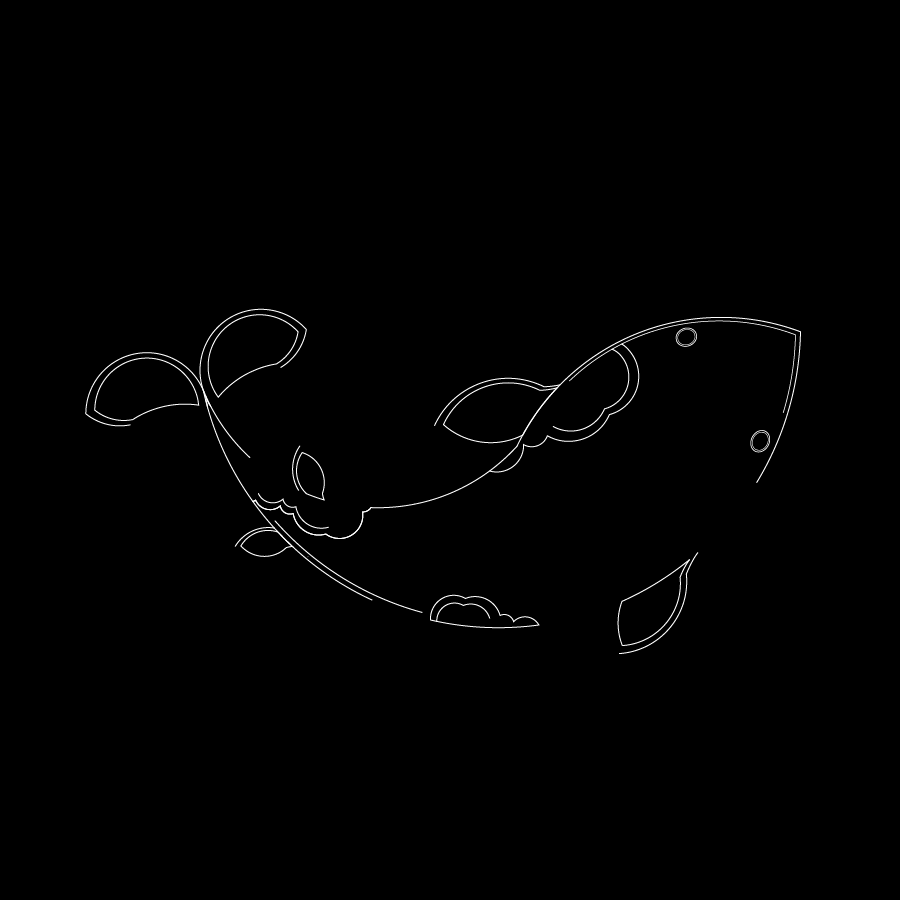
Typography experimentation (deep stillness/nothing)
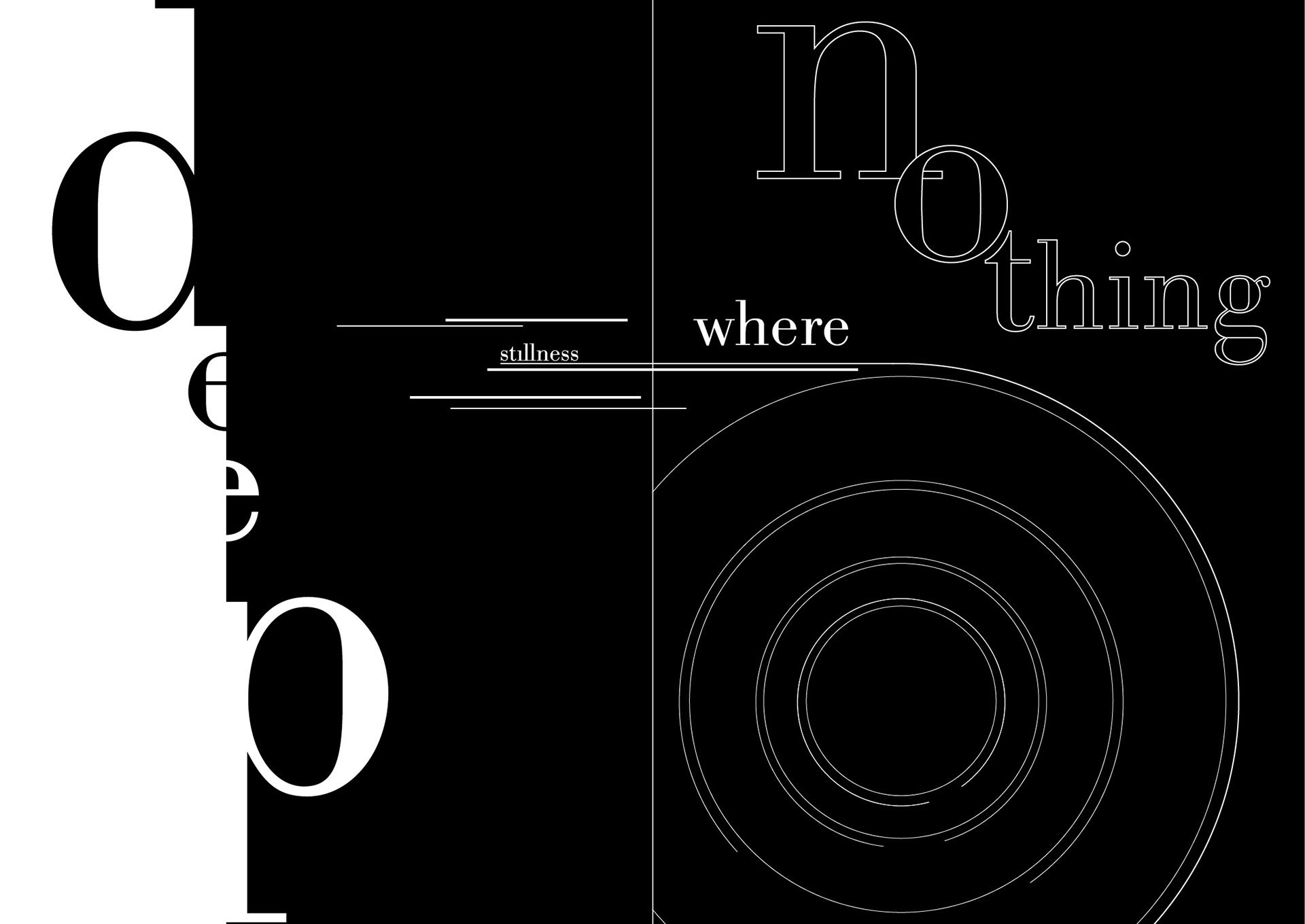


The narrative of ambiguity
While designing the haiku booklet, I focused on creating a structured sequence that builds a narrative from spread to spread. By zooming in on specific scenes from sections of the cover within each page's composition, I crafted a coherent story that brings clarity and meaning to the haiku.

Cover page

Back page
The cover sets the tone and imagery for the booklet, while the back provides a clear, concise summary of the haiku.
The typography on the first spread emulates the "wind" strokes and reinforces the stylistic elements established throughout the haiku booklet.
The second spread showcases a birds-eye view of the creek from the cover, featuring geometric koi fish and waves to subtly reflect the calming qualities of water.
In the final spread, I offer a possible "answer" to the haiku's message through dandelion imagery, guiding the viewer's eye to the composition's conclusion.
Final Booklet
Final Application
